Can Court Assessment Indicators Be Canceled?

Recently, the Supreme People’s Procuratorate announced the cancellation of unreasonable assessment indicators, which was misinterpreted by many as the Supreme People’s Procuratorate abolishing performance evaluations altogether. Some even fantasized that court assessment indicators would also be canceled.
To this, I can only say that such thinking is overly simplistic.
What is the Significance of Setting Assessment Indicators?
In government work, the significance of setting assessment indicators lies in their role as key tools for evaluating and measuring the performance, efficiency, and outcomes of government agencies and their staff. These indicators provide a clear and objective basis for determining whether policy and project goals have been achieved and help identify areas needing improvement. In the government context, assessment indicators can guide decision-making, allocate resources more effectively, and ensure accountability. They also promote a culture of continuous improvement by highlighting strengths and weaknesses, leading to targeted training and development opportunities. Additionally, assessment indicators are crucial for promoting transparency and fairness in performance evaluations, which can enhance public trust and satisfaction with the government. Overall, they are essential for driving the effectiveness of government work and achieving public interests.
The above is an AI-generated response. However, in China, assessment indicators serve an even more practical purpose beyond the aforementioned: boosting confidence in the system, the path, and the nation.
In other words, indicators are used to participate in ranking evaluations.
For example, at the county level, the purpose of assessment indicators is to ensure that the county ranks highly within the city. Ambitious counties may even monitor data from across the province to ensure they lead within the province.
At the provincial level, the goal of setting indicators is to achieve a leading position nationwide.
So, what is the purpose of the Supreme People’s Court and the Supreme People’s Procuratorate setting indicators? It boils down to one thing: global leadership.
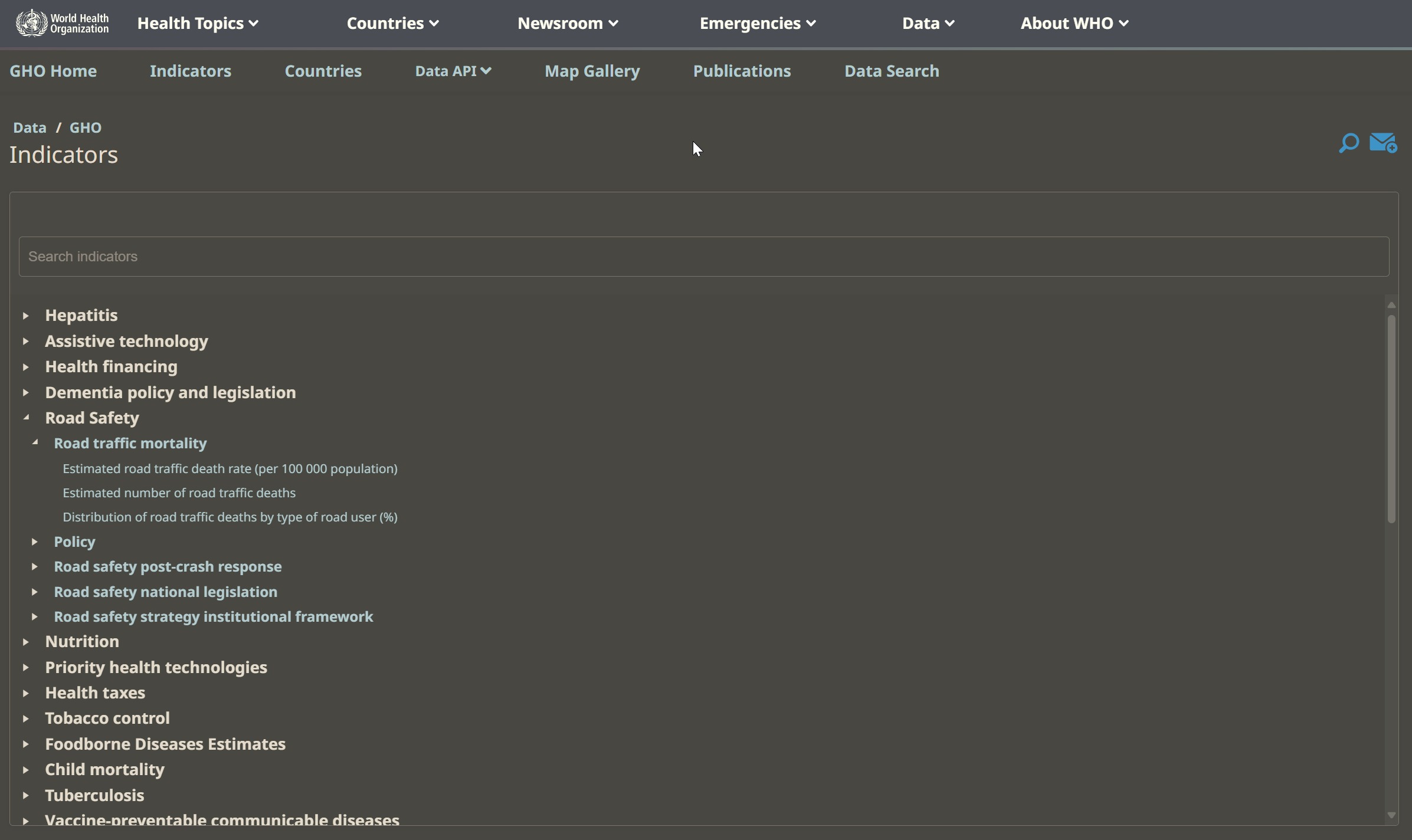
An Important Role of Assessment Indicators Issued by the Supreme People’s Court and Procuratorate is to Participate in Global Comparisons
For instance, in recent years, the Supreme People’s Court has had a very important assessment indicator: the Business Environment Evaluation Indicator.
However, this business environment indicator is actually developed by the World Bank, a United Nations-affiliated institution.
Its main purpose is to horizontally evaluate the business environments of countries worldwide, with the results published in the periodic Doing Business Report, which is the most authoritative and objective evaluation of business environments globally.
This report includes 10 primary indicators, such as starting a business, dealing with construction permits, getting electricity, employing workers, registering property, getting credit, protecting minority investors, paying taxes, trading across borders, enforcing contracts, and resolving insolvency. Among these, labor, contract enforcement, and insolvency all involve court-related matters.
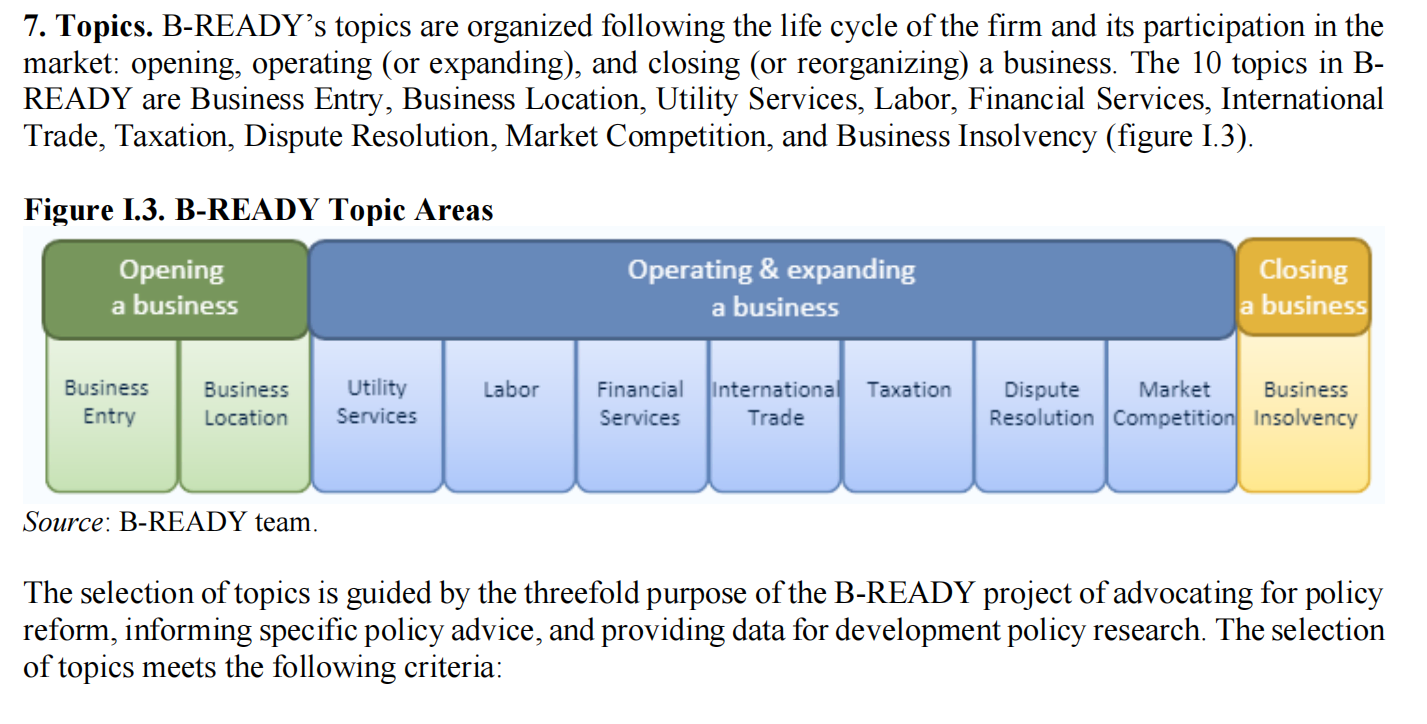
In this evaluation system, the introduction to the indicators alone spans over 100 pages, and the manual exceeds 770 pages, containing thousands of specific scoring items.
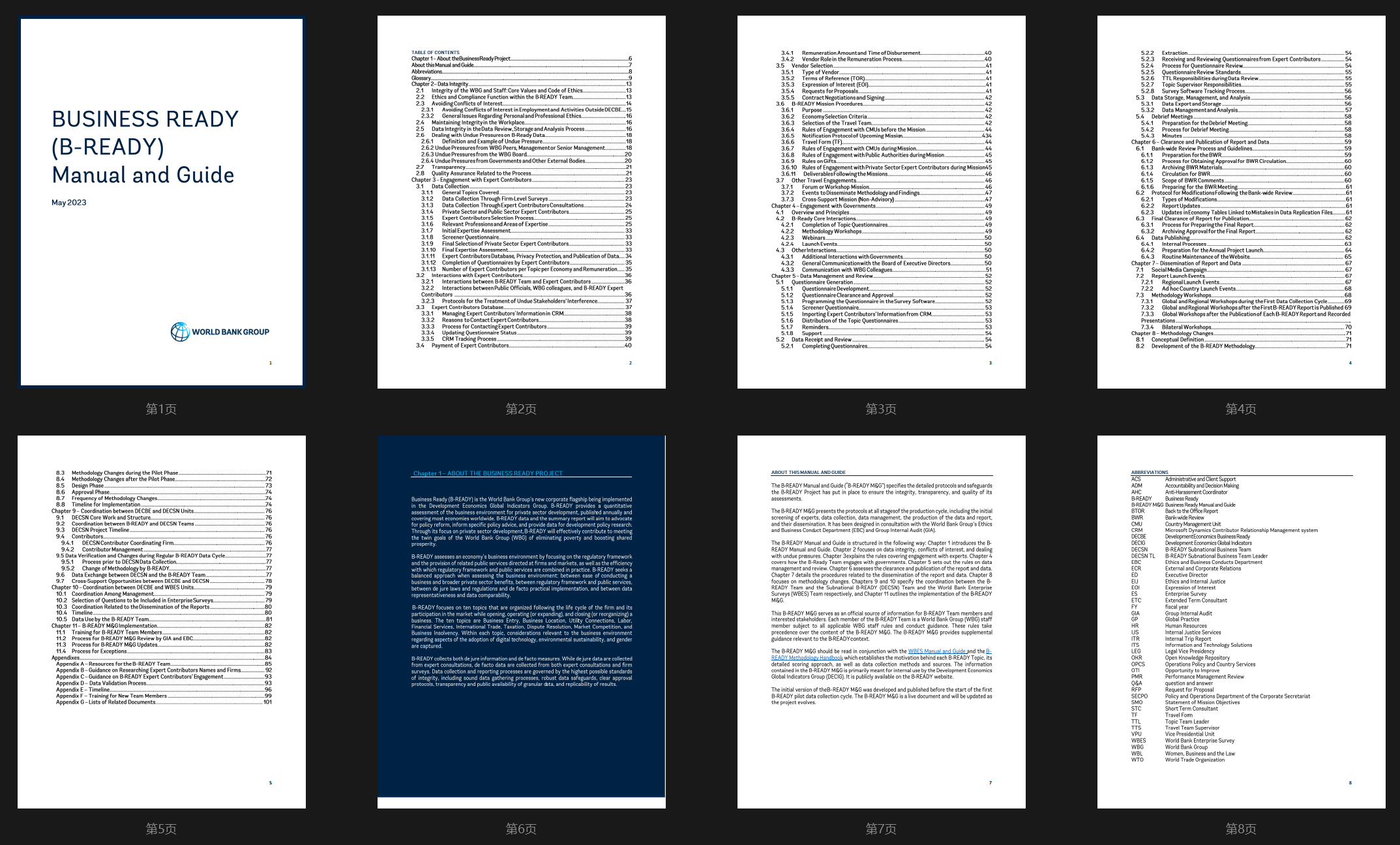

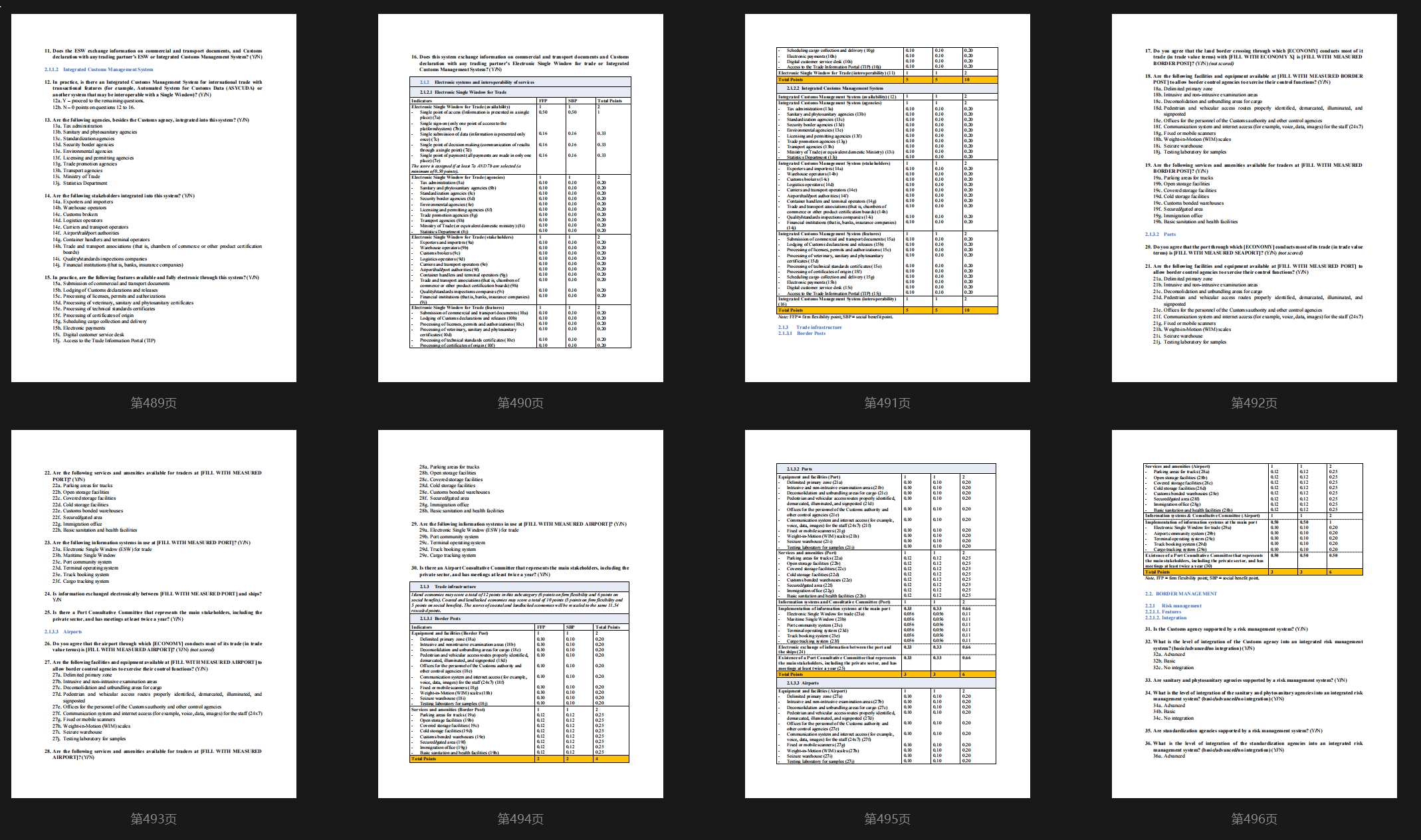
As one of the five permanent members of the United Nations and a steadfast participant and defender of the UN system, China is inevitably involved in these indicator rankings.
This is also a fundamental requirement in participating in the formulation and competition of international rules.
Over the past 20 years, China has achieved significant success in participating in such indicator rankings.
For example, in the previous round of global business environment evaluations, court-related work was the biggest contributor to China’s score, standing out among developing countries and ranking at the top globally in some indicators.
This has significantly promoted China’s participation in international competition and dispelled some long-standing shadows over China’s judicial system.
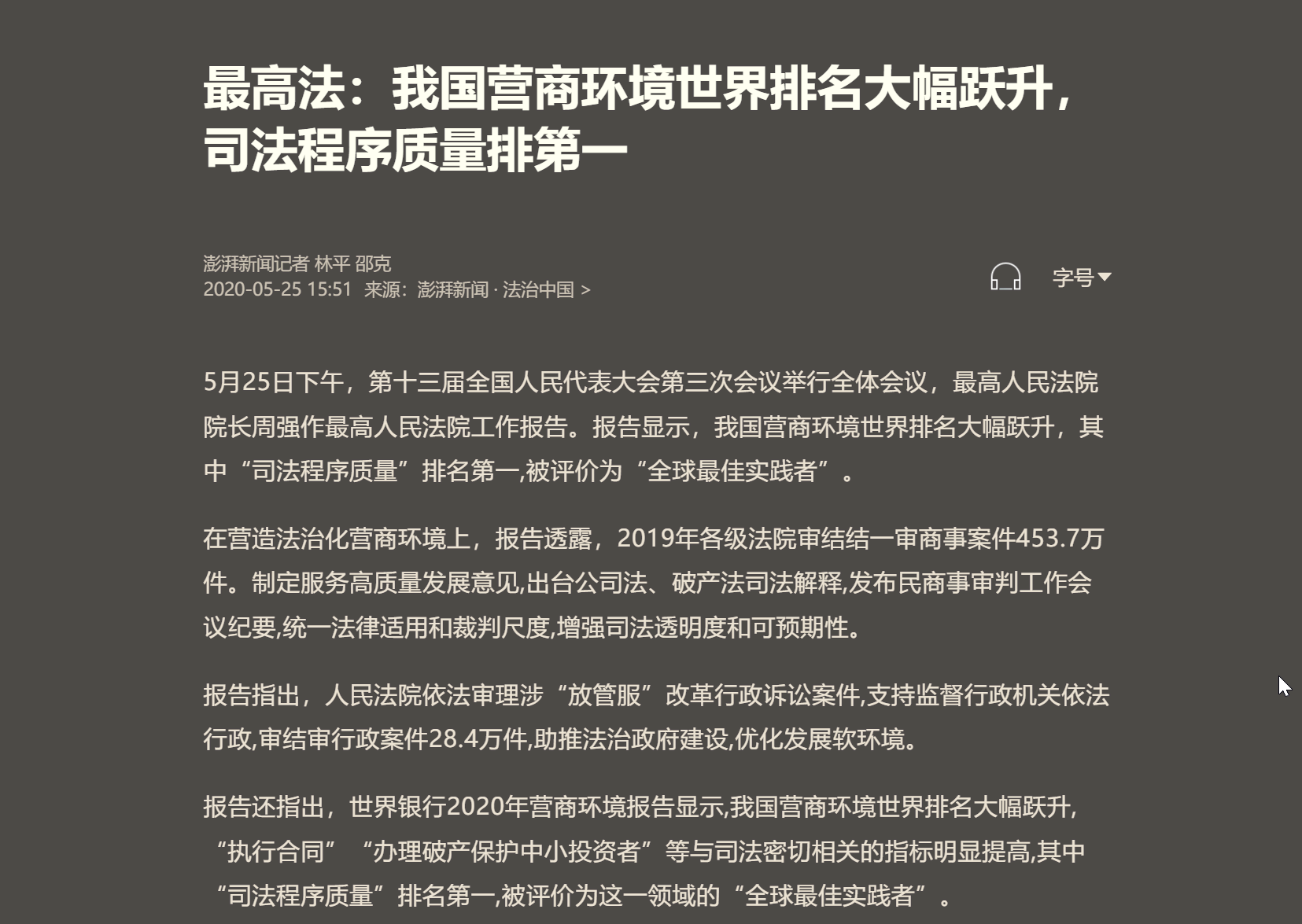
On the website of the People’s Court, it is openly mentioned that many judicial interpretations and work rules aimed at improving judicial work are directly aligned with World Bank indicators.
According to the report, China ranks 5th globally in the “Enforcing Contracts” indicator, which evaluates the quality and efficiency of civil and commercial judicial systems and court work. Among 190 economies assessed, China’s “Judicial Process Quality” index scored 16.5, making it a global best practice. The World Bank’s evaluation of the “Enforcing Contracts” indicator delves into every stage of case handling, from filing to trial, execution, and document disclosure. “This reflects the comprehensive results of judicial reforms since the 18th National Congress of the Communist Party of China, indicating that reforms such as the case filing registration system,大力推进司法公开 (vigorously promoting judicial transparency), court informatization, and the basic resolution of enforcement difficulties have achieved significant results, gaining high recognition from the international community and the public,” said Professor Xiao Jianguo from Renmin University’s Law School. During the evaluation period, the Supreme People’s Court revised and improved the “Provisions on Strictly Regulating the Extension of Time Limits and Adjournments in Civil and Commercial Cases,” clarifying the number, circumstances, procedures, and intervals of adjournments and postponements to improve trial efficiency. Additionally, it issued the “Provisions on the Disclosure of Trial Process Information by People’s Courts via the Internet,” requiring the online publication of information such as “average trial duration,” “case closure rate,” and “single-case trial process” to enhance judicial transparency. It also released the “Opinions on the Coordinated Operation of Case Filing, Trial, and Execution in People’s Courts,” further clarifying the division of labor and collaboration within courts to ensure smooth and efficient case handling and the timely realization of parties’ legitimate rights and interests. —People’s Court Daily
Other Common Assessment Indicators for Courts and Procuratorates
Over the past 40 years, China’s development achievements can be summarized as “two great miracles”: the miracle of rapid economic growth and the miracle of long-term social stability.
Undoubtedly, the economic miracle was achieved through various hard indicators, with core metrics such as GDP, per capita disposable income, and industrial output.
The miracle of long-term social stability is also supported by various hard indicators. The completion of these indicators is a core task for the entire political and legal system, including courts and procuratorates.
When the media discusses the miracle of long-term social stability, they often cite evidence such as “China has one of the lowest homicide rates globally, with severe violent crimes remaining at low levels, and a national public safety satisfaction rate of 98.2%.” The essence of these claims lies in assessment indicators.
For example, the homicide rate indicator below. Without international comparisons, how could it be concluded that China has one of the lowest homicide rates globally? Without such comparisons, how could the public believe that China’s safety and stability are among the best in the world?
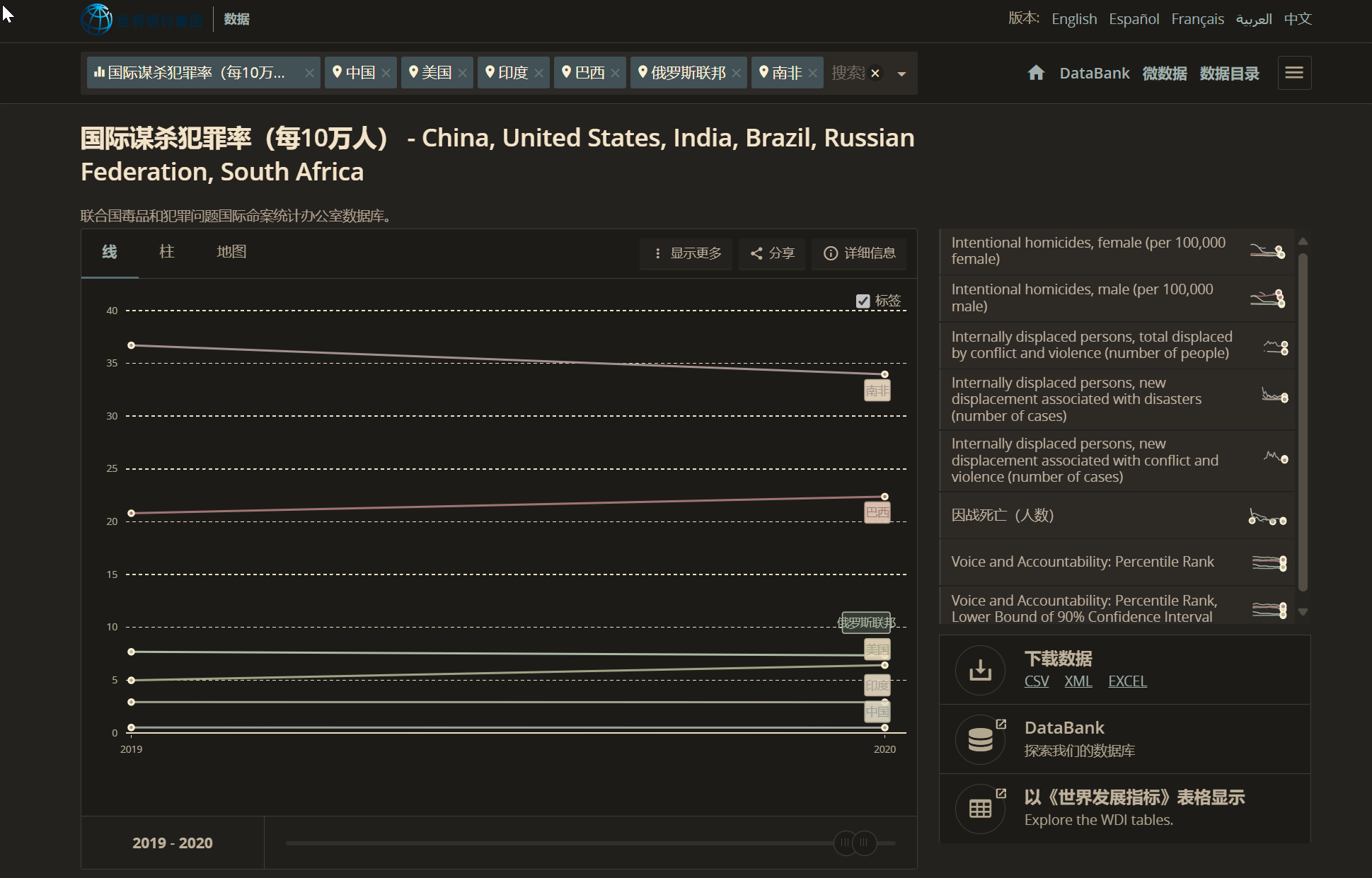
Indicators like this are part of the World Bank’s database, which includes over 1,500 indicators. As mentioned earlier, the World Health Organization also has over 2,000 data indicators.
These form the foundational framework for countries to participate in international competition, system competition, and path competition. Improving these indicators has become a fundamental responsibility of national governance.
In this context, which national institution dares to neglect assessments, rankings, or basic indicators?
Looking further, indicators like the homicide rate may seem like cold numbers, but they are supported by an entire operational logic, giving rise to numerous specific work indicators. This is why courts and procuratorates often complain about the abundance of assessment indicators.
I have analyzed this issue in detail in another article 《Reflections on Murder Prevention》. In short, to achieve this single homicide rate indicator, at least dozens of specific tasks must be implemented, each of which may require finely designed indicators to ensure the homicide rate target is met.
Ultimately, whether it’s the procuratorate or the court, they are part of the national system and cannot exist in isolation.
To have a sense of presence and to play a role, they must participate in this game of rules.
Looking at global trends, whether based on the current international order and rules centered around the United Nations or any attempt to bypass the UN and create a new system, the fundamental design of these indicators is unlikely to change significantly, with only minor adjustments possible.
The fantasy of canceling assessments and indicators remains just that—a fantasy.
#assessment indicators #united nations #court #procuratorate